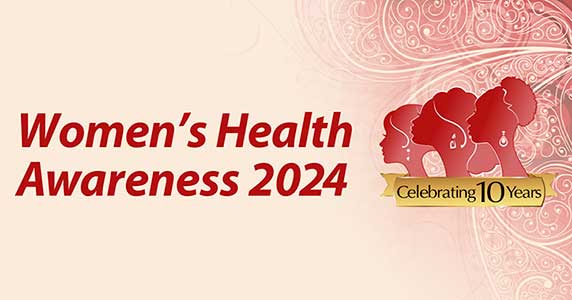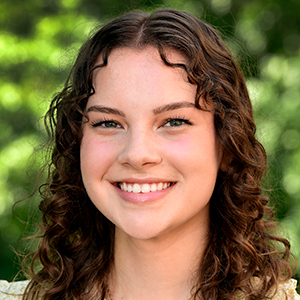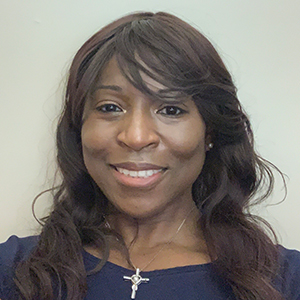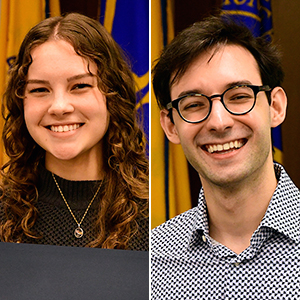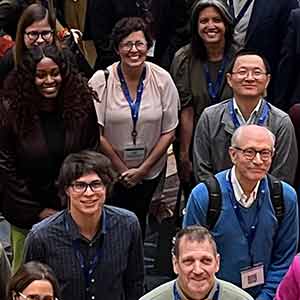Joan Packenham, Ph.D., first started down a path to address women’s environmental health disparities across North Carolina and beyond after receiving a request from the U.S. Department of Health and Human Services (HHS).
The HHS Office of Human Research Protections asked her to chair a national research conference with the purpose of gaining a better understanding of ethical, regulatory, and policy issues involved in conducting community-engaged research. And, in so doing, raise participants' awareness of their roles as partners in clinical research.
“This opportunity sparked an interest,” said Packenham, who directs the NIEHS Office of Human Research and Community Engagement. “I recognized there was a gap within our own clinical research program, and I began to think about how to engage communities, understand their needs, and translate our work.”

During a Sept. 21 webinar hosted by the North Carolina Women of Color Research Network (NC WoCRN), Packenham shared how she developed the Women’s Health Awareness (WHA) Community Engagement Program to address this gap. Her goals: to help translate NIEHS research to the community and to understand the community’s environmental health needs and priorities.
“The program was developed and designed to expand environmental research through education and intentional engagement with diverse communities,” she said. “It also allowed us the opportunity to form equitable, authentic, and collaborative partnerships with the community to align our research to meet real-world public health needs.”
Environmental health disparities
Through her community engagement work, Packenham has found that health disparities and environmental health disparities are two sides of the same coin.
“As we look for environmental health disparities, factors like clean air and water are overwhelmingly fundamental to our overall health and well-being,” she said. Other inequities include differences in individual health, access to health care, and economic status. When communities exposed to a combination of poor environmental quality and social inequality have more sickness and disease than wealthier, less-polluted communities, environmental health disparities exist, said Packenham.
Engaging vulnerable communities
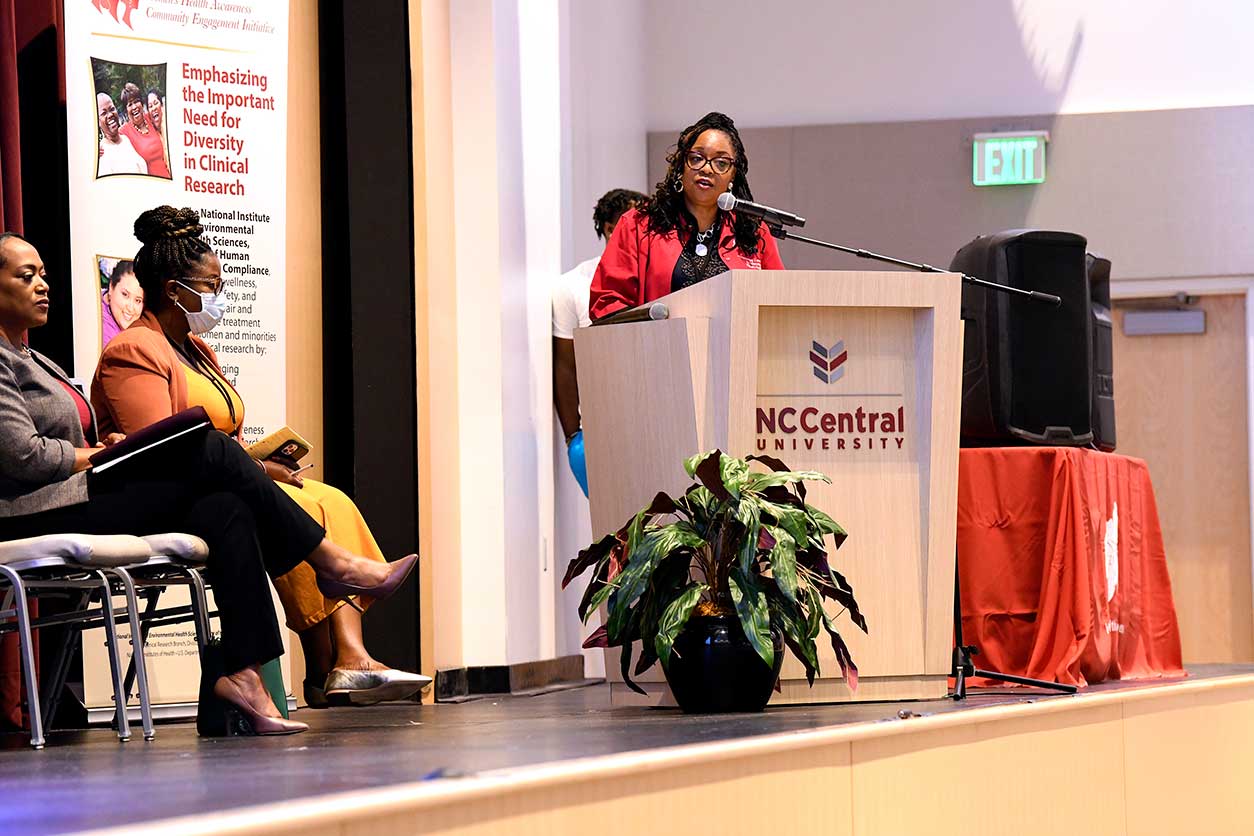
A cornerstone of WHA’s programming is the Women’s Health Awareness Conference, which celebrates 10 years in 2024. The annual event was created to help women address health disparities in their own communities. The next conference is scheduled for April 13 (see sidebar).
Since its inception, the program has served more than 6,000 registrants from 54 North Carolina counties and 41 states. The conference combines unique environmental health sessions, health- and environment-related exhibitor booths, health screenings (i.e., cardiovascular, diabetes, cancer, breast, thyroid, kidney, eye, and mental health), and immunization and clinical research booths.
“The WHA population has a high disease burden,” said Packenham. “All of our screenings have a navigational component, meaning women are navigated into care if they don't have a primary care physician but have an abnormal test result.”
For example, during the 10 years of screenings, Packenham said they have found many individuals who had high blood sugar levels that could indicate they were diabetic. Through the program, those individuals received follow-up care.
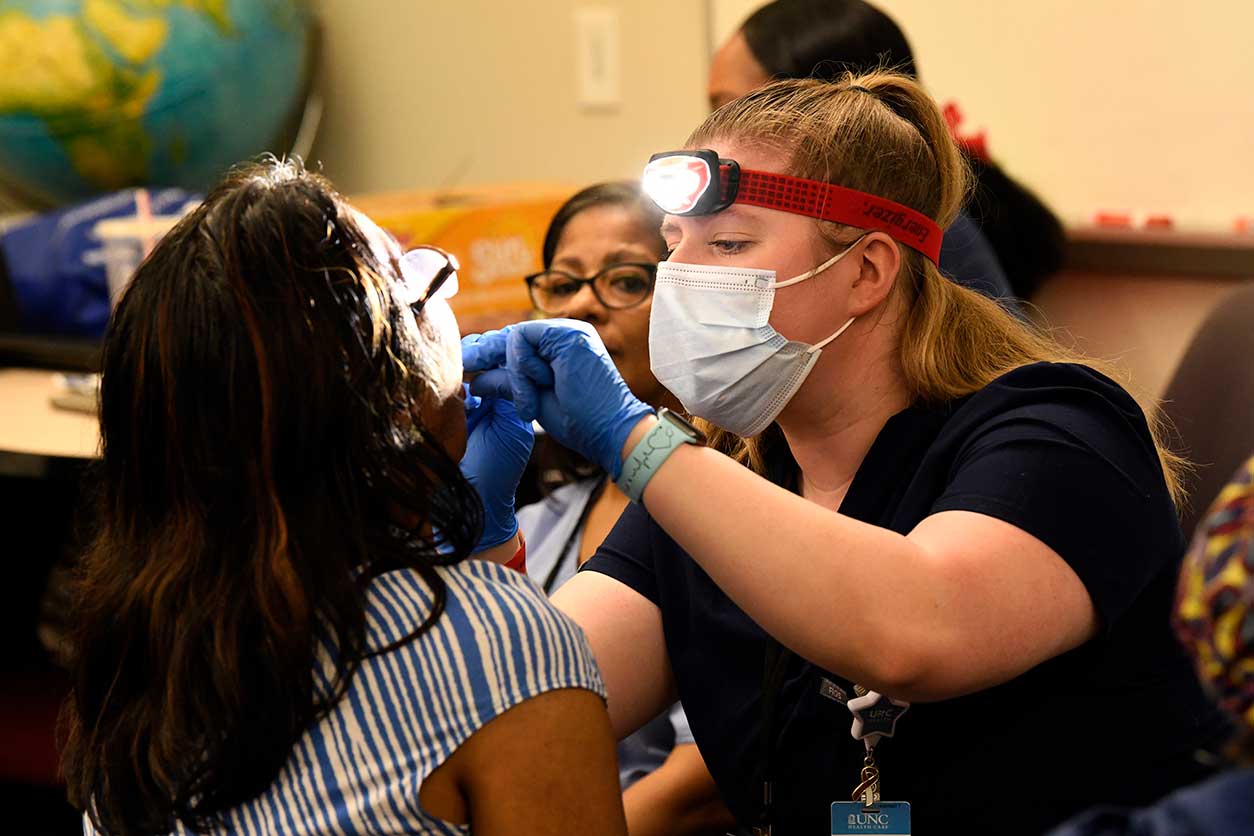
Addressing health concerns
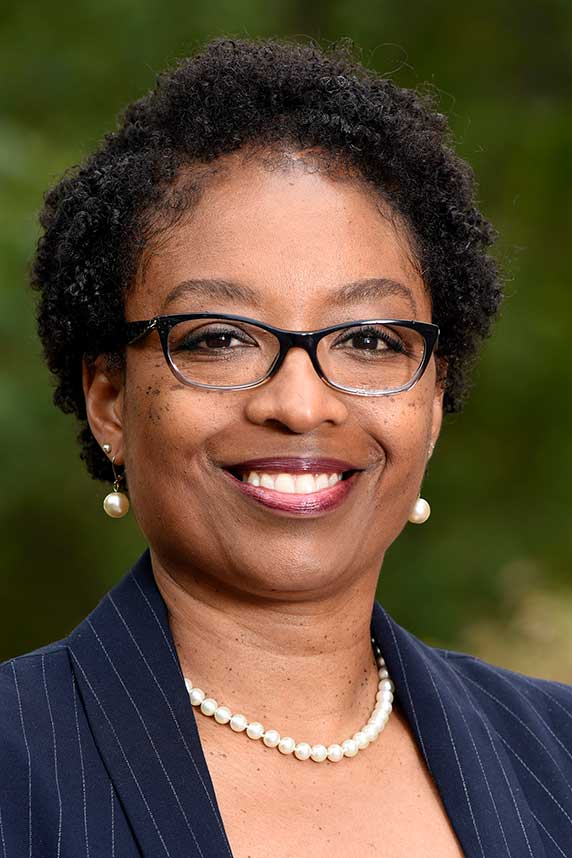
Based on assessments from previous years, Packenham has gathered statistics that demonstrate the many concerns shared by participants.
- Almost half of participants had caregiving responsibilities, which leads to high stress.
- Three-quarters are concerned about air quality in their neighborhoods and disaster preparedness.
- About two-thirds are concerned with food additives, climate change, and cosmetic products.
- A majority are concerned about heavy metals, chemical exposures, ultraviolet-light skin damage, water quality, and sewage outflow.
- Even though the population is generally resistant to participating in clinical research, three-quarters said they would participate in studies that improve women’s health.
“This demonstrates an awareness of environmental issues in this population and provides an opportunity to work with these communities in addressing environmental health, exposures, and environmental justice concerns,” said Packenham.
Webinar host Ericka Reid, Ph.D., Office of Science Education and Diversity director and NC WoCRN co-chair, said Packenham’s work was important to share with NC WoCRN.
“She and her team do such amazing work in the community,” said Reid. “We wanted to make sure members of the network, and others, were made aware of the WHA Program, its initiatives, impact, and ongoing needs.”
(Erica Hinton is a contract writer for the NIEHS Office of Communications and Public Liaison.)





